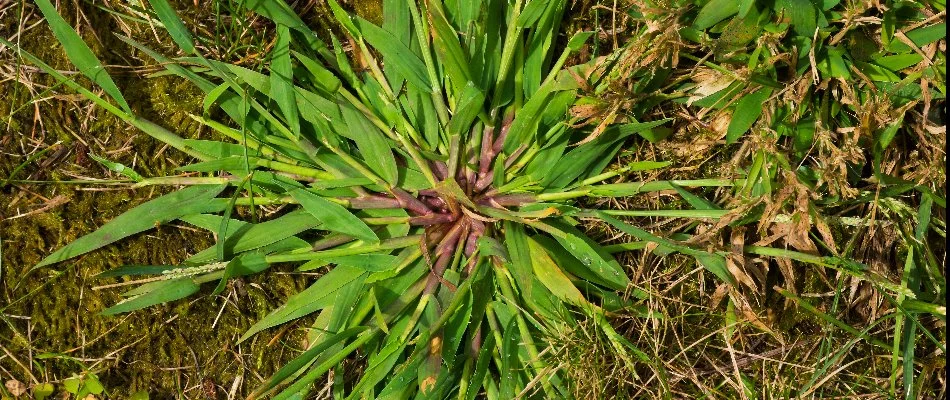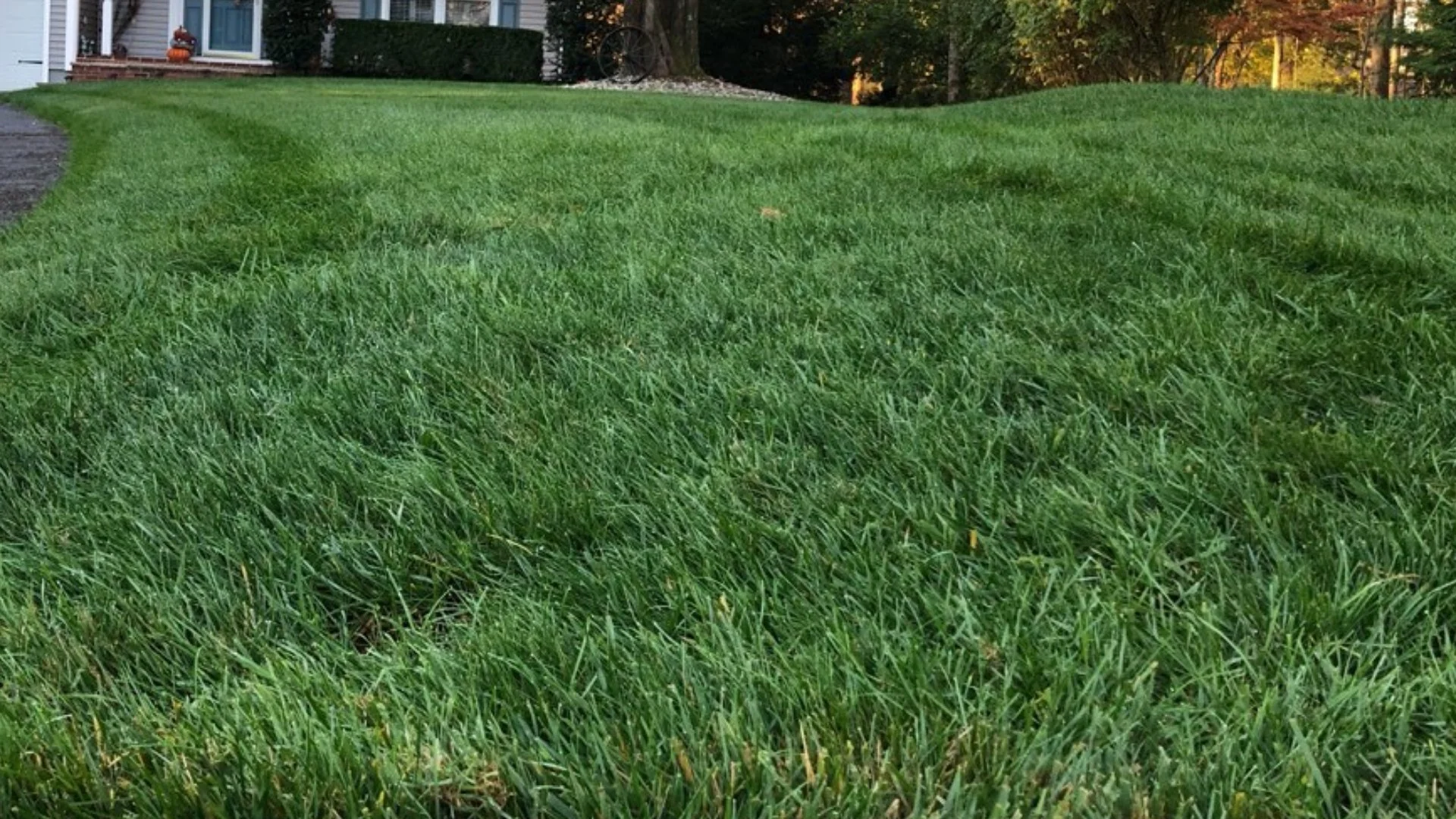Crabgrass Control Service in Wayne, NJ & Surrounding Cities Like Bridgewater & Flemington
If you notice crabgrass on your lawn in between applications, we'll return to re-treat.
Crabgrass is a persistent, invasive weed that can take over your lawn, but we offer a crabgrass control service to keep that from happening! With this service, you can expect our team at Simply The Best Lawns to visit your property twice in the spring to apply pre-emergent treatments for comprehensive crabgrass management. What's more, if both pre-emergent treatments are performed and you still notice this weed on your lawn between our scheduled visits, we will promptly return to apply a post-emergent at no additional cost!
Our crabgrass control service is included in our smallest-tier lawn care program, the Simply Basic Plan, so whichever of the three you choose, you'll receive season-long protection from crabgrass. We proudly serve residential and commercial properties, as well as HOAs, in Wayne, Bridgewater, Flemington, and other nearby areas in New Jersey. Call us today at (973) 232-1776 to sign up!
Custom Lawn Care Plans
Lawn Care Plans Customized to Your Local Soil Conditions
Features
Simply Basic
Simply Plus
Simply Premier
How many times do we visit your property to control crabgrass?

Ongoing treatments are necessary to stay on top of weeds as persistent as crabgrass. So, we've structured our crabgrass control treatment schedule to encompass the growing season, with 2 pre-emergent treatments performed in the spring. During these visits, we will utilize a product that is primarily a pre-emergent but also serves as a post-emergent up to the five-leaf stage to provide the greatest control possible. We also take into account the current weather pattern and administer both treatments at the correct times for the most effective results.
If crabgrass resurfaces on your lawn between treatments, we'll return to reapply.
At Simply The Best Lawns, we take pride in providing nothing less than top-quality services that yield equally stellar results. That's why we back our crabgrass control service with a warranty: if crabgrass resurfaces on your lawn between treatments, we'll return to reapply at no additional cost! After all, we want you to be completely satisfied with the results, so we won't consider the job complete until you are happy. However, keep in mind that this warranty does not apply to those who sign up too late in the season for both pre-emergent treatments to be performed.
You can get crabgrass control treatments with our smallest-tier lawn care program.
We offer three lawn care programs to suit different needs, and our crabgrass control treatments are included in all of them, including our smallest-tier option, the Simply Basic Plan! That way, no matter which you choose, you'll receive season-long protection from crabgrass.
Besides these treatments, our Simply Basic Plan also comes with several other essential services to keep your lawn at its best year-round, like fertilization, broadleaf weed control, lawn insect control, and a thorough analysis each visit! Your grass will be routinely fertilized from spring until fall, plus protected from other troublesome weeds and damaging turf pests. Additionally, our pros will consistently monitor its condition and recommend anything else it may need during the year. That way, you have an equally healthy and beautifully green lawn.
Call Us Today to Sign Up for Our Crabgrass Control Service
Are you looking for a reliable company to handle your crabgrass control needs? If so, look no further than Simply The Best Lawns! Our top-notch crabgrass control service includes two applications of pre-emergent treatments in the spring to ensure this challenging weed stays off your turf. We have been helping to keep lawns healthy and weed-free since 1984, and we look forward to giving you the same quality results we're known for! Homeowners and business owners, as well as HOAs, in Wayne, Bridgewater, Flemington, NJ, and throughout the surrounding areas can take advantage of our crabgrass control service. Call us today at (973) 232-1776 to sign up!



